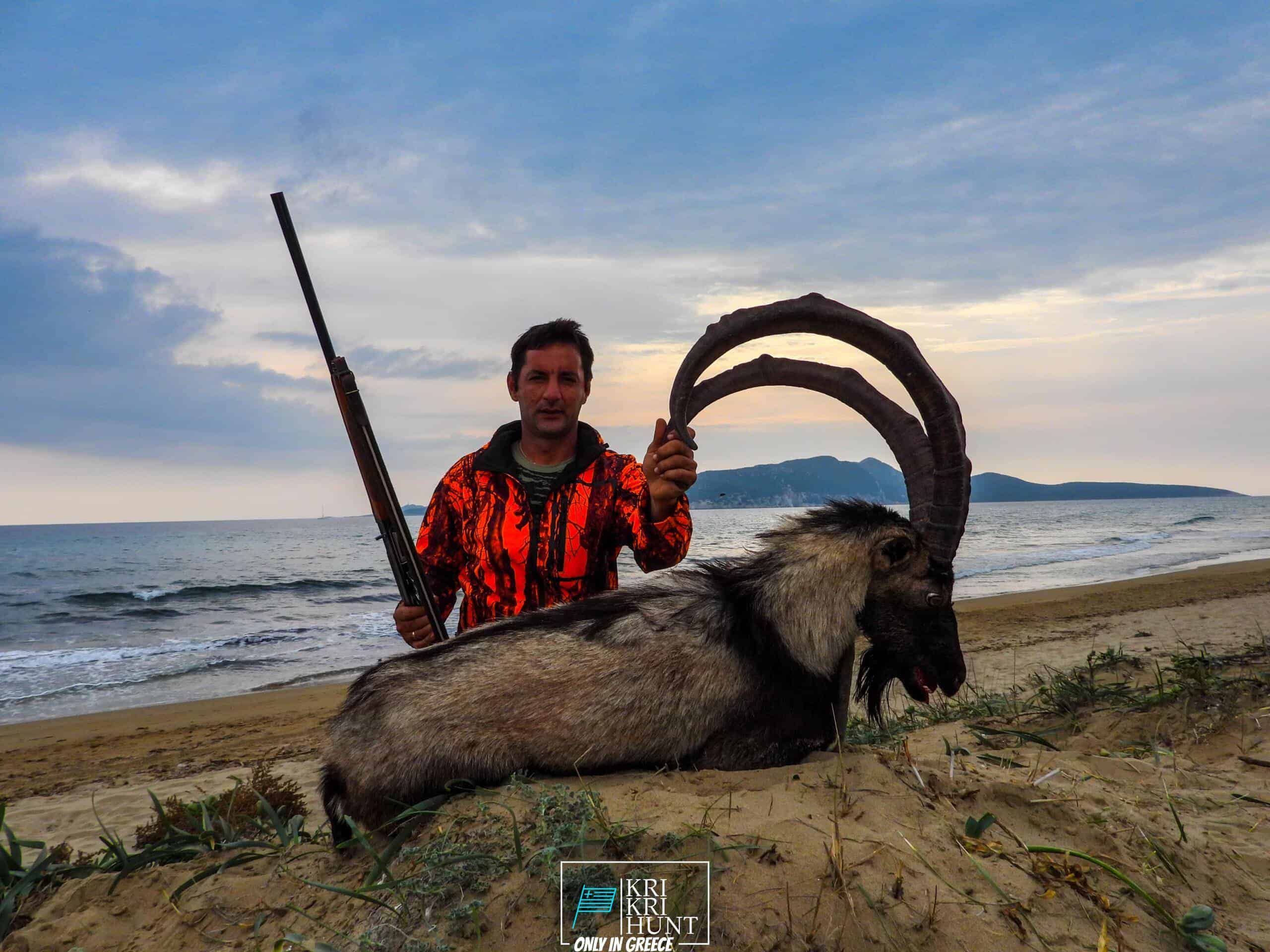Best ibex searching in Greece
Best ibex searching in Greece
Blog Article

To many people, The Peloponnese peninsula on the Greek Mainland is the 'real' Greece, where points have actually not altered a lot in any way over the centuries despite the fact that many people have found it. If you are looking for an authentic Greek outside experience, look no further than the Peloponnese! Right here you can diving and also searching on exotic islands and also touring at the same time.

This Ibex is not a diminutive kind of the Bezoar Ibex, which has migrated to the western side of its range. The kri-kri (Capra aegagrus cretica), likewise referred to as the Cretan goat, Agrimi, or Cretan Ibex, is a wild goat aboriginal to the Eastern Mediterranean. The kri-kri (Capra aegagrus cretica), a feral goat populating the East Mediterranean, was when thought to be a subspecies of wild goat. The kri-kri has a light brown coat with a darker neck band. Their 2 sweeping horns increase from their head. The kri-kri is a wary and also reluctant pet in the wild, relaxing during the day. They can jump fars away or climb up seemingly sheer cliffs.
On our Peloponnese trips, you'll get to experience all that this fantastic region needs to supply. We'll take you on a trip of a few of the most gorgeous and historic sites in all of Greece, including ancient damages, castles, as well as much more. You'll additionally reach experience a few of the typical Greek culture direct by enjoying some of the tasty food and wine that the region is known for. As well as certainly, no trip to Peloponnese would be total without a dip in the gleaming Mediterranean Sea! Whether you're an experienced seeker searching for a new experience or a novice vacationer simply looking to check out Greece's magnificent landscape, our Peloponnese trips are best for you. What are you waiting for? Reserve your journey today!
Experience 'Real' Greece with Our Peloponnese Tours. If you're seeking a genuine Greek experience, look no further than our Peloponnese trips. From old damages as well as castles to delicious food as well as white wine, we'll reveal you every little thing that this remarkable region needs to supply. So what are you waiting on? Schedule your journey today! Your Kri Kri ibex searching in Greece is here!
What is the diference between Kri Kri ibex, Bezoar ibex and hybrid ibex
The kri-kri is not thought to be indigenous to Crete, most likely having been imported to the island during the time of the Minoan civilization. Nevertheless, it is found nowhere else and is therefore endemic to Crete. It was common throughout the Aegean but the peaks of the 8,000 ft (2,400 m) White Mountains of Western Crete are their last strongholds–particularly a series of almost vertical 3,000 ft (900 m) cliffs called ‘the Untrodden’—at the head of the Samaria Gorge. This mountain range, which hosts another 14 endemic animal species, is protected as a UNESCO Biosphere Reserve. In total, their range extends to the White Mountains, the Samaria National Forest and the islets of Dia, Thodorou, and Agii Pandes.
This Ibex is NOT a diminutive form of the Bezoar Ibex, which has migrated into the western-most reach of the range of this species. The kri – kri (Capra aegagrus cretica), sometimes called the Cretan goat, Agrimi, or Cretan Ibex, is a feral goat inhabiting the Eastern Mediterranean, previously considered a subspecies of wild goat. The kri-kri has a light brownish coat with a darker band around its neck. It has two horns that sweep back from the head. In the wild they are shy and avoid tourists, resting during the day. The animal can leap some distance or climb seemingly sheer cliffs.
“The agrimi goat Capra aegagrus cretica is unique to Crete and its offshore islands. It has been identi®ed as a sub-species of the wild bezoar goat Capra aegagrus aegagrus Erxleben, 1777, which it closely resembles in horn shape, body form and coloration. This classi®cation has been disputed by some researchers who claim that the agrimi are feral goats, derived from early domestic stock brought to the island by the ®rst Neolithic settlers. In order to clarify this issue, DNA analyses (cytochrome b and D loop sequences) were carried out on tissue of live and skeletonized agrimi and compared to sequences of wild and domestic caprines. Results conclusively show the agrimi to be a feral animal, that clades with domestic goats (Capra hircus) rather than with wild Asiatic bezoar. This study demonstrates that morphometric criteria do not necessarily re¯ect genetic af®nities, and that the taxonomic classi®cation of agrimi should be revised.”
Report this page